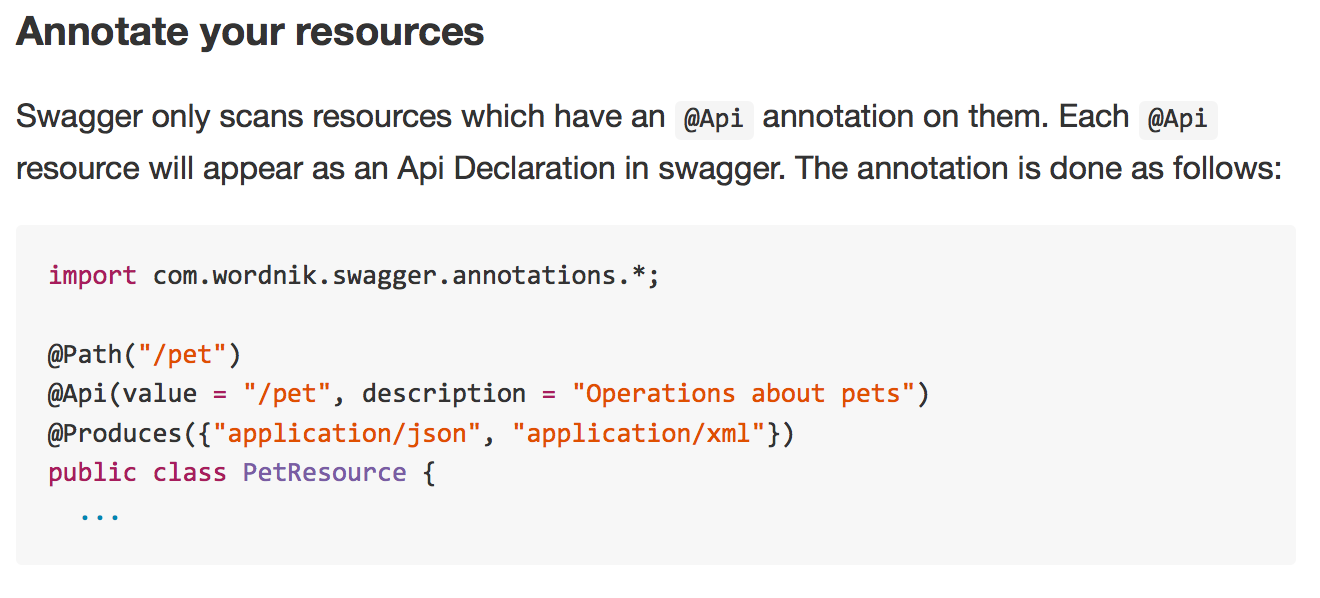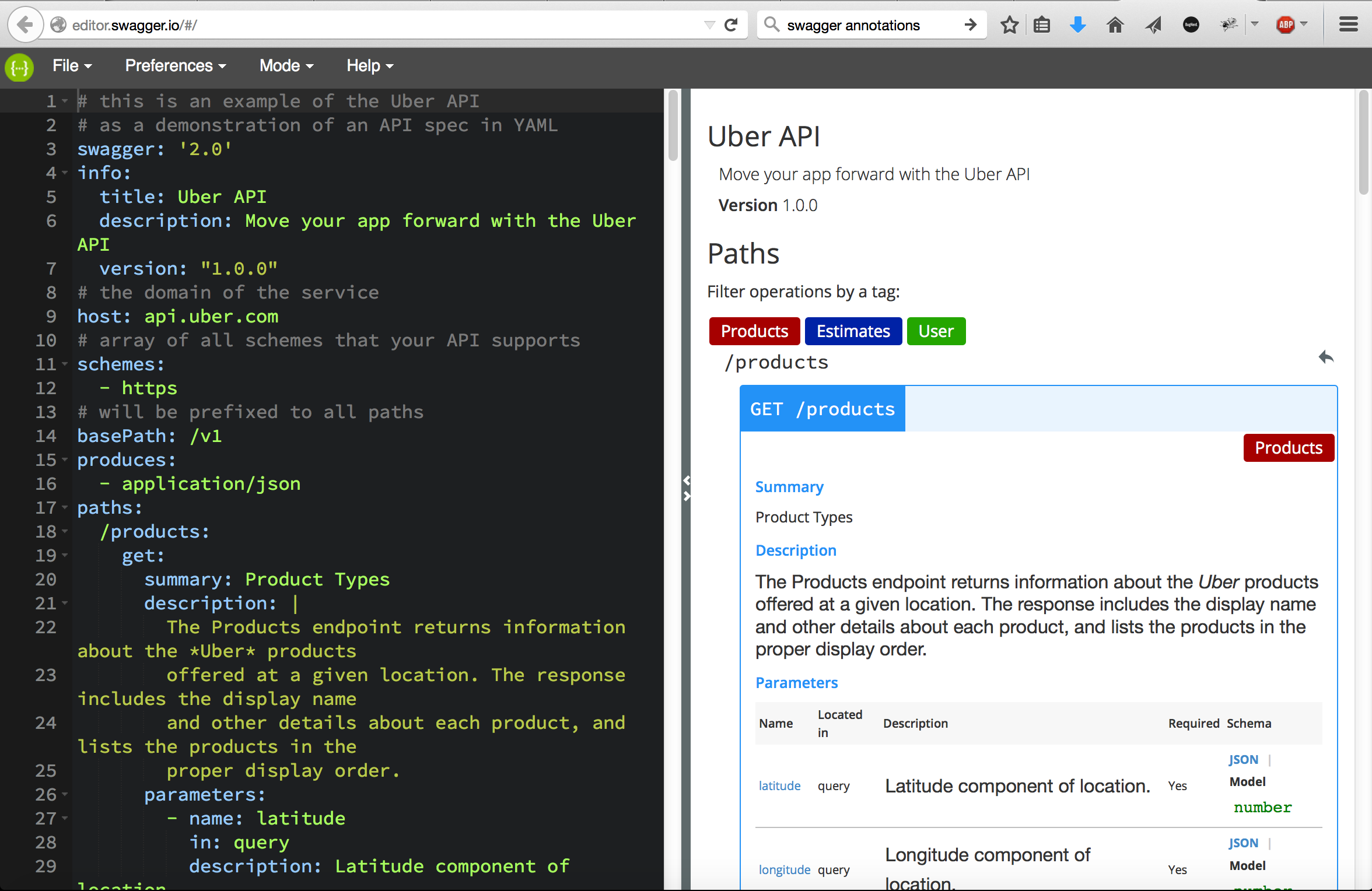I’m pretty excited about the Swagger editor. But to understand why, you first need to know what Swagger is all about.
Let’s take a step back. As of August 2014, total activity on smartphones and tablets accounted for ~60% of digital media time spent in the U.S. This unabated growth in mobile is driving the growth in enabling technologies: tools for developing apps, managing app communications, measuring app and data usage, analyzing usage and predicting behavior based on that usage. APIs are a key connective technology, allowing innovative mobile apps use APIs to access data and services from companies like Uber or Twitter, or from government bodies like the State of Washington. APIs provide the linkage.
APIs are not solely about mobile apps. They can be used to connect “any app” to “any service”; indeed this website uses code running on the server to invoke the Twitter API to display tweets on the right hand side of this blog. But mobile is the driver. Web is not driving the growth, nor is the Internet-of-Things; not in APIs, nor the growth in any of the other enabling technologies. In the 2000’s it was Web. Tomorrow will be IoT. Today, it is mobile.
Ok, so What is Swagger? Swagger is a way to define and describe APIs. A language for stating exactly what an API offers. The description language is analogous to Interface Definition Languages going back to Sun’s RPC IDL, Corba IDL, DCE IDL, or SOAP’s WSDL. Many of you reading this won’t recognize any of those names; it doesn’t matter. We don’t use most of those technologies any longer, more importantly we don’t utilize the metaphors those technologies imply: function shipping, remote procedure call, or distributed objects. While moving away from the tight coupling of binary protocols and towards technologies like REST and JSON and XML that enable more loosely-coupled interactions, we still recognize that it’s helpful to be able to formally describe programmable interfaces.

OK, so Swagger is at it’s heart, a way to describe a RESTful API. Many of you are Java developers and may be familiar with Swagger Annotations, which allows you to mark up JAX-RPC server application code, which then allows you to generate a Swagger definition from an implementation. Something like doxygen. This is cool, but is sort of a backwards approach. Getting the description of the API from the implementation is analogous to getting the blueprint for a building by taking pictures of the finished framing. Ideally you’d like to go in the other direction – first build the design (or blueprint, if you will) of the API, and then generate the implementation. My friend and colleague Marsh Gardiner discussed the design-first approach last year.
This is what Swagger can do. How does one produce a Swagger document? Well if you’re an old codger like me, you might resort to using a text editor like emacs and its yaml-mode to hand-code the yaml. But a much easier approach is to use The Swagger Editor.
The API Description is basically “a model” of the API. And with that model, one can do all sorts of interesting things: generate a client-side library in one of various languages. Generate a server-side implementation stub. Generate a test harness. Generate documentation. In fact the Swagger project has had a doc-gen capability, named swagger-ui, since the early days of the project.
So what’s the upshot? The result of better enabling tooling around APIs, tooling including Swagger Editor and Swagger UI, as well as an API management layer as provided by Apigee Edge (Disclaimer! I work for Apigee!), means that it is easier for companies to expose capabilities as easy-to-consume APIs, and that it is easier for developers to code against those APIs to build compelling experiences that run on mobile devices. So I’m pretty excited about the new tooling, and I am even more excited about the integration we will soon see between these new modeling tools and the existing API Management tools already available.
Good stuff!


